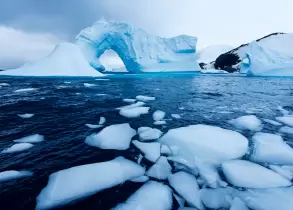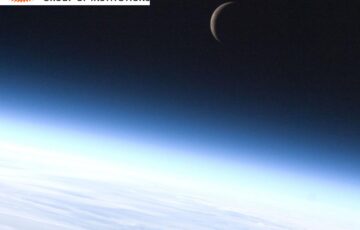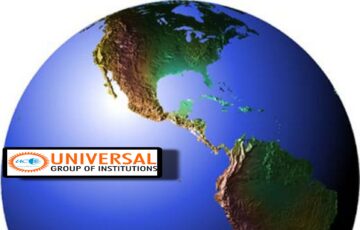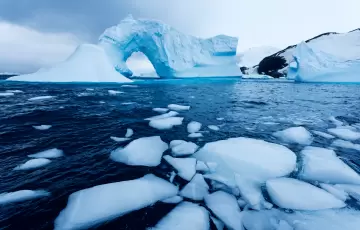What do you understand about tsunamigenic zones? Giving an account of their global distribution, explain the propagation of tsunamis.
Approach:
- Briefly explain the concept of tsunamigenic zones.
- Give an account of their global distribution.
- Explain the propagation of tsunamis.
- Conclude accordingly.
Answer:
Tsunamigenic zones refer to those regions which witness earthquakes leading to generation of tsunamis and are commonly found along the major subduction zone plate boundaries. Usually, earthquakes above magnitude 7.5 cause tsunamis.
Convergent plate boundaries are ideal for creation of large tsunamis, as they are generally able to carry out vertical displacement of water due to earthquakes. Other less common causes of earthquakes on the ocean surface can be submarine landslides, submarine volcanic eruptions etc., which may also trigger tsunamis.
Global distribution of the tsunamigenic zones:
- The Pacific Ocean experiences most of the major earthquakes due to the presence of the Circum-Pacific subduction zone. The eastern marginal zones experience most tsunamis and include the island arcs of Kamchatka, Sakhalin, Japan and Philippines. Earthquakes in the region are caused due to the collision between the Pacific and the Asiatic plates. These are also zones of volcanic activities.
- Two main Indian Ocean tsunamigenic zones are Makran subduction zone in the North Arabian Sea and Indonesian subduction zone in the Bay of Bengal near the Indonesian islands. These zones are the result of the active tectonic collision process that is taking place along the southern boundary of the Eurasian plate as it collides with the Indian plate and adjacent micro- plates.
- Other areas of seismic activity can be observed along the mid-Atlantic Ridge Belt, however, as
they record moderate earthquakes, large tsunamis are not triggered by them.
Propagation of tsunamis: A tsunami propagation has four general stages, which are described as under:
- Initiation: During initiation, a large set of ocean waves are caused by any large and sudden disturbance of the sea surface, most commonly earthquakes but sometimes also underwater landslides.
- Split: In the split stage, the initial set of waves are split into two, one set that travels out into the deep ocean and another that travels towards a nearby coast.
- Amplification: In this stage, the height of the tsunami increases, and the distance between two adjacent crests decrease as it travels towards the coast, so the first wave of the tsunami becomes steep.
- Run-up: Tsunami runup occurs when a peak in the tsunami wave travels from the near-shore region onto the shore. Runup is a measurement of the height of the water onshore observed above a reference sea level.
.
Once on land, a part of the tsunami is reflected back into the ocean, and another part is trapped in waves that travel back-and-forth near the shore. In the open ocean, a tsunami is less than a few feet high at the surface and in the deep ocean, it is generally unnoticed and can travel at speeds of nearly 600 miles per hour.







